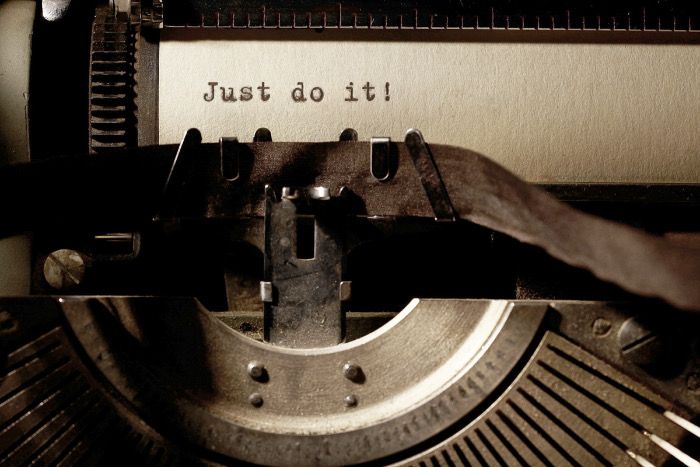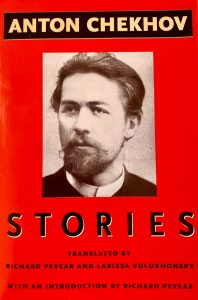
Just Do It may or may not be a morbid slogan, but it’s a darn good one. Write every day. Just do it!
By writing every day, painting every day, touching the piano tangents even when we’re not “feeling like it,” we stay attuned to the craft magic, and we learn. Small steps every day build up experience and skills over time.
We learn discipline. We learn patience. We learn that creativity is not inspiration, something that strikes mysteriously one moment, but a habit. The habit of daily practice.
The body is smarter. It has muscle memory. You sit at your desk every day, you take up your pen or your brush, and you start. Small things; a few words, a few sentences. Nothing scary or demanding. The play of shadows and light on the wall. The well-known fragrance of the incense sticks. The hot tea mug in your hand. The body remembers the clues. You’re primed for creating.
Just do it.
Related Posts
- Progress Report. Or Lack Thereof
- The Perpetual Tide and Ebb of the Creative Process
- How To Handle Creative Blocks & Avoid Distraction
If you liked this post, share it on your preferred social network or forward it to a friend.







